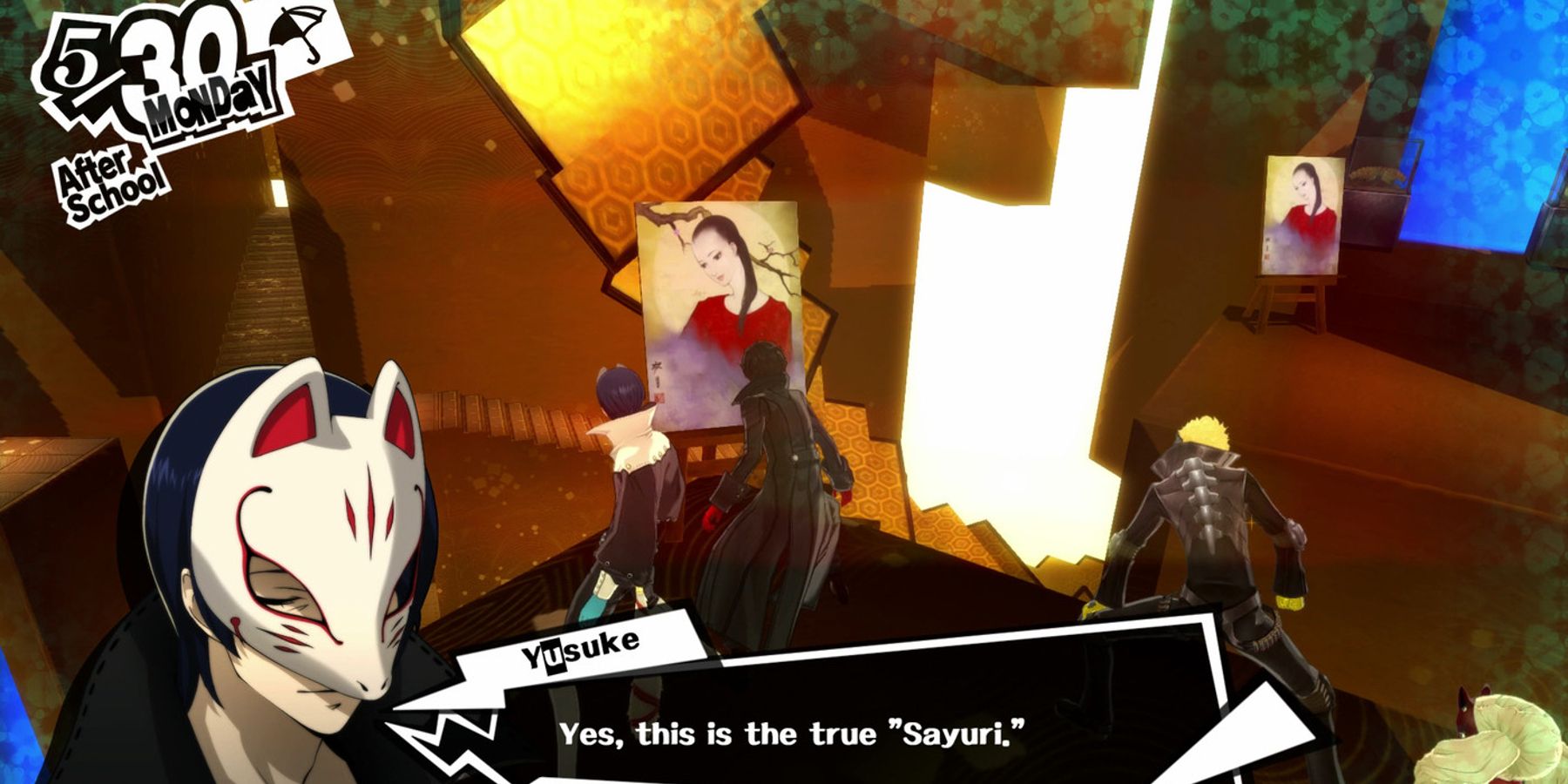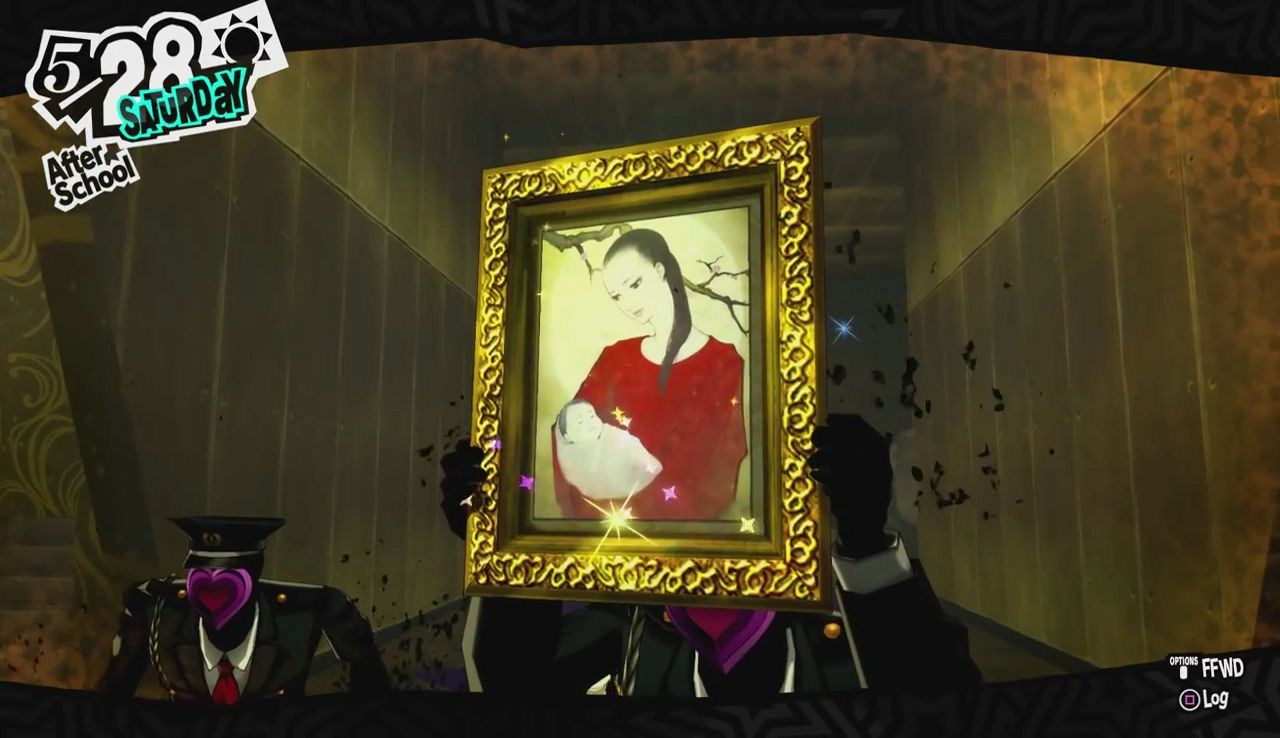Supporters of NFTs often tout that they are good for artists because, much like an original painting or another physical piece of art, there's only one original copy that can be bought and sold with a record of ownership using blockchain technology. In theory, this would mean artists could sell their digital works for a large profit. But in reality, one of the many problems with NFTs is that works of art are often stolen and turned into NFTs without the owner's permission.
And recently, many game developers and publishers have announced their intentions of getting involved in the NFT world, often to the dismay of many gamers. However, rather than Atlus announcing that it's planning on investing in the world of NFTs, someone else has taken the Persona 5 in-game work of art known as "Sayuri" and turned it into an NFT listed on OpenSea. And if anyone knows the story behind the "Sayuri," they'll understand the irony behind it being sold as an NFT online, like it's an original piece of work owned by the buyer of this token.
The Story Behind Persona 5's Sayuri Painting
Madarame is the second boss that the Phantom Thieves go up against in Persona 5 and Persona 5 Royal. He's a renowned painter, having developed an exceptional career, especially for his work on "Sayuri." However, after encountering Yusuke, who joins the group following Ryuji, Morgana, and Ann, the Phantom Thieves discover that Madarame is actually a fraud who's been exploiting and stealing the works of his young pupils, taking credit for their works of art. Though he once was a hard-working painter that didn't steal from others and Yusuke initially defends him against the Phantom Thieves' accusations, this now includes the "Sayuri" painting, which he sells copies of for profit, though with some small changes. The real "Sayuri" was painted by Yusuke's mother, and the baby in the painting is Yusuke himself.
The story behind the "Sayuri" painting is exactly what makes the "Sayuri" NFT so ironic, but it's also emblematic of the many problems present with NFTs in general. Just as Madarame took a piece of art that wasn't his own and is sold copies of it, advertising them as genuine, NFTs often do the same with works that belong to artists, and this has repeatedly happened without the permission of these artists. And the same can be said about the "Sayuri" NFT listed on OpenSea. The purpose of NFTs is to prove ownership of the original piece of art using blockchain technology, but of course, if the original creator hasn't relinquished rights of it to the seller of someone who probably right-clicked and saved the image and is now exploiting it for profit, the product can be considered stolen.
For this reason, the NFT hasn't seen very much activity so far—likely because it's not an original piece of art that many gamers are familiar with and know that, despite owning the NFT itself, they wouldn't actually own the original piece of art made by Atlus. Many NFTs are at least advertised as original works, such as Marvel star Brie Larson's new Twitter profile picture, though the legitimacy of these claims is oftentimes debatable.


